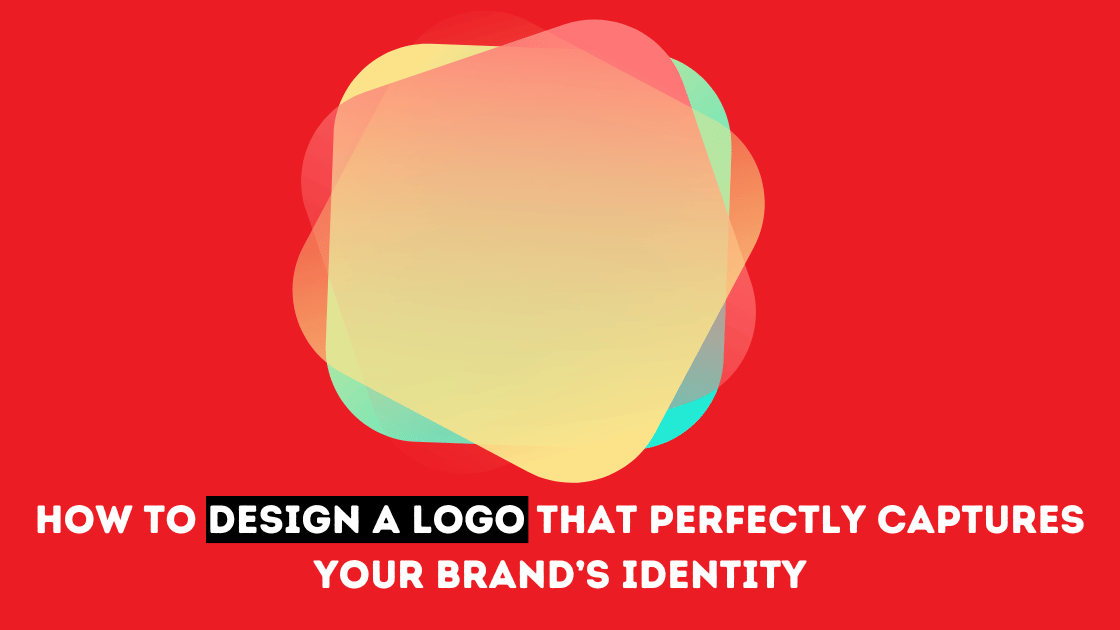Creating a logo is an essential step in building your brand. Your logo isn’t just a symbol; it’s a visual representation of everything your brand stands for. A well-designed logo can help your business stand out, communicate your values, and make a memorable first impression. For small businesses and startups, creating a logo that captures your unique identity can be both exciting and challenging.
This guide, prepared by experts from Turbologo, will take you through each stage of the logo design process, from defining your brand’s personality to refining your final design. With a few simple steps, you’ll be able to create a logo that truly reflects your brand’s essence.
Why Your Logo is the Face of Your Brand
Your logo is often the first thing customers see when they come into contact with your brand. Think of it as your brand’s “face.” A strong logo conveys trust, professionalism, and personality, helping your brand stand out in a competitive market. For example, think of logos from well-known brands like Nike or Starbucks. These logos are not only recognizable but also closely tied to the brand’s identity and values.
Creating a logo that resonates with your target audience can build familiarity and loyalty, making your brand more memorable. The right logo will not only attract attention but will also help customers feel connected to your brand, fostering trust and recognition.
Defining Your Brand’s Core Values and Personality
Before diving into design, it’s important to define what your brand stands for. What are your core values? What kind of personality do you want to project? These questions will help guide the design choices you make, from color and shape to font and style.
Write down a few adjectives that describe your brand, such as “friendly,” “reliable,” “innovative,” or “adventurous.” Your logo should reflect these qualities, creating a cohesive and authentic representation of your brand. By understanding your brand’s identity, you’ll be better equipped to design a logo that resonates with your audience and communicates your message effectively.
Finding Inspiration for Your Logo’s Style
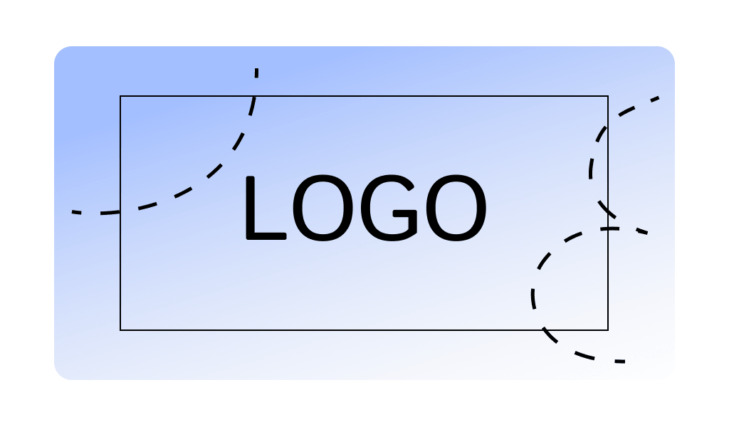
The next step is to find inspiration for your logo’s design. Look at logos from brands in your industry and beyond. What elements make them appealing? Creating a mood board can be a helpful tool to collect colors, images, and fonts that capture the feel you’re aiming for.
Don’t hesitate to look outside your niche for unique ideas. For example, a tech company might find inspiration in clean, minimalist logos, while a children’s brand might lean towards bright colors and playful fonts. Exploring different styles will help you develop a clearer vision of what your logo should look like.
Easily Bring Your Logo Ideas to Life with a Logo Maker
Once you’ve gathered inspiration, the next step is to design a logo that captures your brand’s personality. A logo maker can make this process simple and enjoyable. These tools are designed to be user-friendly, offering a range of customizable templates, icons, and fonts to suit any style. Many logo makers allow you to experiment with colors, layouts, and shapes, letting you see how different elements come together in real time. Some even offer AI-driven suggestions, which can be especially helpful if you’re not sure where to start. With high-quality downloads available at the end, you’ll have a professional logo ready for all your branding needs.
Choosing Colors that Reflect Your Brand
Color is a powerful element in logo design, as it has the ability to evoke emotions and associations. Blue often represents trust and stability, making it popular in industries like finance and technology. Green is commonly associated with health, nature, and eco-friendliness, while red can signal excitement and energy.
Consider the emotional impact you want your brand to have. Are you aiming for a calming, professional look, or something bold and energetic? Choosing colors that align with your brand’s values will make your logo more impactful and memorable. It’s also a good idea to limit your palette to two or three colors to keep the design clean and focused.
Selecting Fonts and Shapes that Speak to Your Audience
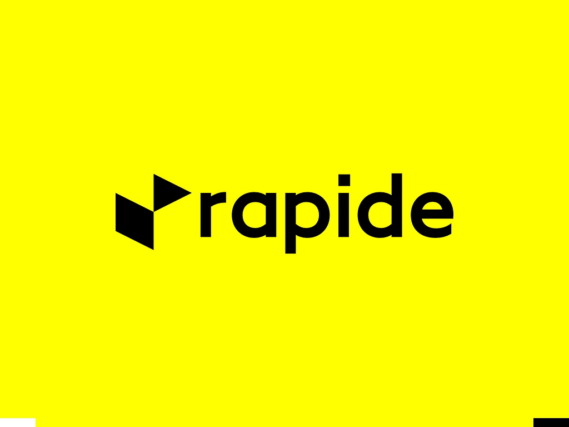
Fonts and shapes play a significant role in how people perceive your brand. Sans-serif fonts convey a modern and approachable feel, while serif fonts suggest tradition and trustworthiness. Handwritten or decorative fonts can add a touch of personality, but they should be used carefully to ensure readability.
Shapes, too, have their own meanings. Rounded shapes can convey friendliness and warmth, while sharper, angular shapes often suggest professionalism and strength. Think about how these elements align with your brand’s personality and the message you want to send. Selecting the right combination of fonts and shapes will give your logo a distinct and cohesive look.
Creating a Rough Draft of Your Logo
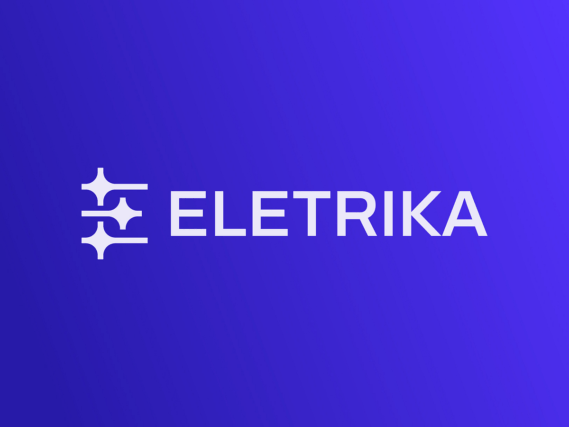
Once you have a clear vision, start sketching rough drafts of your logo. Experiment with different layouts, fonts, and symbols until you find something that feels right. This stage is all about exploring possibilities, so don’t worry about perfection just yet.
Creating a few variations allows you to test different ideas and see what works best. You may find that a simpler design is more effective, or that a particular font combination better reflects your brand’s character. A rough draft will give you a foundation to build on as you refine your design.
Refining Your Design for a Polished Look
With a draft in place, it’s time to polish your logo. Focus on alignment, spacing, and color balance to create a cohesive and professional look. Make sure that all elements are balanced and that there’s enough space around each part to make the design visually appealing.
Pay attention to detail, such as line thickness, font weight, and color contrasts. Small adjustments can make a big difference in the overall look and feel of your logo. The goal is to create a design that is clear, balanced, and communicates your brand effectively.
Testing Your Logo Across Different Platforms
A strong logo should work well across a variety of platforms and formats. Test your logo on different backgrounds and at various sizes to make sure it remains clear and recognizable. View it on a computer screen, on a mobile device, and in print to ensure it looks good in each context.
For added versatility, consider creating a monochrome version of your logo. This version can be useful in situations where color printing isn’t available, such as on letterhead or engraved items. A versatile logo will help maintain your brand’s identity in any setting.
Finalizing Your Logo for Consistency and Versatility
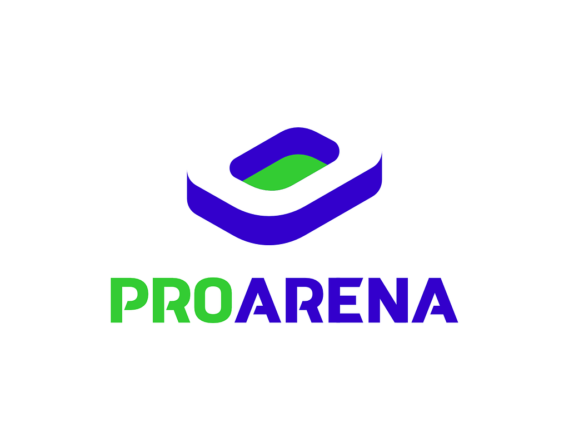
Once you’re happy with your design, prepare it for use across all branding materials. Save your logo in multiple file formats, including PNG for web use and SVG or PDF for print. Having different formats ensures that your logo will look professional on digital and printed media alike.
Organize your logo files in a dedicated folder and create versions with and without a background. This way, you’ll have the flexibility to use your logo wherever you need it, from social media profiles to packaging. Consistency is key to building a strong brand identity, so be sure to use your logo in the same way across all platforms.
Designing a logo that captures your brand’s identity takes time and thought, but the effort is well worth it. By following these steps, you’ll be able to create a logo that not only looks great but also communicates your brand’s unique character. Happy designing!

